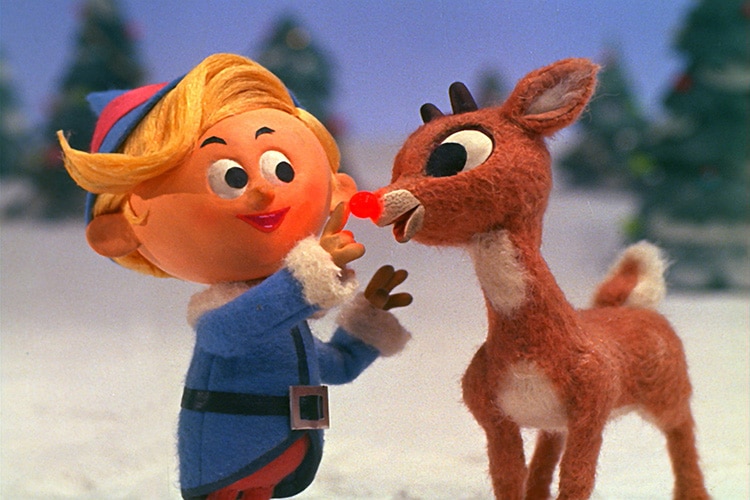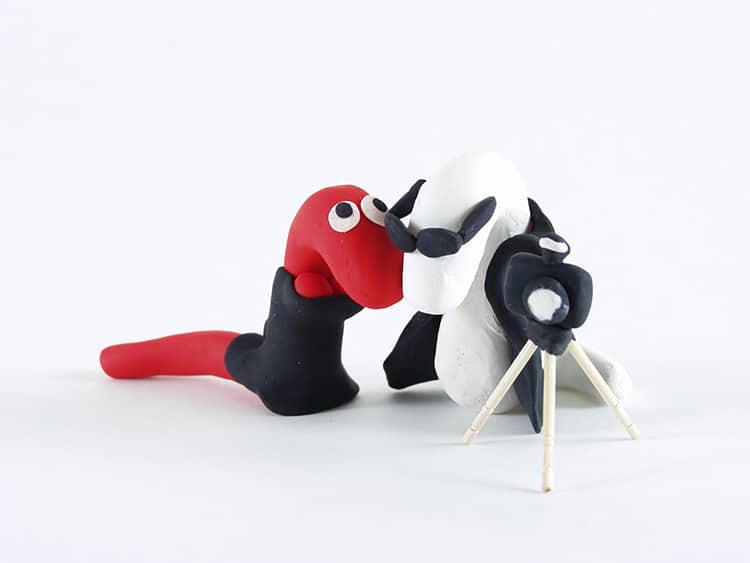Rudolph and Hermey in the 1964 TV special.
Animators draw thousands of frames, and film strips capture individual images compiled into reels.
Some films combine art and photography in a technique known asstop-motion.

Rudolph and Hermey in the 1964 TV special. (Photo: Rankin Bass, Public domain)
When the characters are made of clay, the technique is commonly known as claymation.
Early Stop-Motion Films
The early days of filmmaking were experimental by necessity.
Clay figures were sometimes incorporated into works featuring live actors or two-dimensional illustrations.

Photo: YAYIMAGES/Depositphotos
In the first two decades of the 19th century, filmmakers also created the first full claymation short films.
The oldest complete and extant claymation short film is entitledLong Live the Bull.
The roughly-sculpted main characternamed Bolognawoos his lady.
However, she requests that he fight a bull to prove his love and bravery.
Artistic pioneer Arthur Clokey modeled a green, block-like character with vivid cartoon features.
Gumby has since been revived countless times on television and film.
Rudolph the Red-Nosed Reindeeris another classic stop-motion film that debuted on television in 1964.
The special was created by Rankin/Bass Productions at the MOM Productions studio in Tokyo.
Animator Tadahito Mochinaga and production director Arthur Rankin, Jr. brought their talents together to create the 55-minute film.
New Technologies for a Traditional Approach
Stop-motion filmmaking techniques have been used in modern masterpieces.
Nick Park, a British animator, created the popular seriesWallace & Gromit.
The first short film debuted in 1989 featuring a lovable inventor and his loyal pup.
Created from plasticine, the moldable figures were posed between frames.
Special techniquessuch as creating motion blurwere used for dramatic effect.
A 2005 full-length film featuring the duo took an ambitious step.
To achieve flames and floating bunny characters, some scenes combined stop-motion characters with traditional animation.
The team went to great lengths to blend the two methods of storytelling into one indistinguishable whole.
Directed by Henry Selick, the film used 150 miniature sets and 28 animators.
By printing new parts, the character of Coraline could make over 200,000 faces.
you might sculpt your own characters out ofclay available at any art store.
Think of a story first.
It may be helpful to create a rough storyboard to work from.
Then, shoot frames with your phone or digital camera, ideally on a tripod.
Keeping the frame stable is important.
The characters should move subtly in each frame unless they are meant to stand still.
Once you’ve captured your frames, use simplevideo softwareto flip quickly through the shots.
You will have created your own work of film history for all to enjoy.